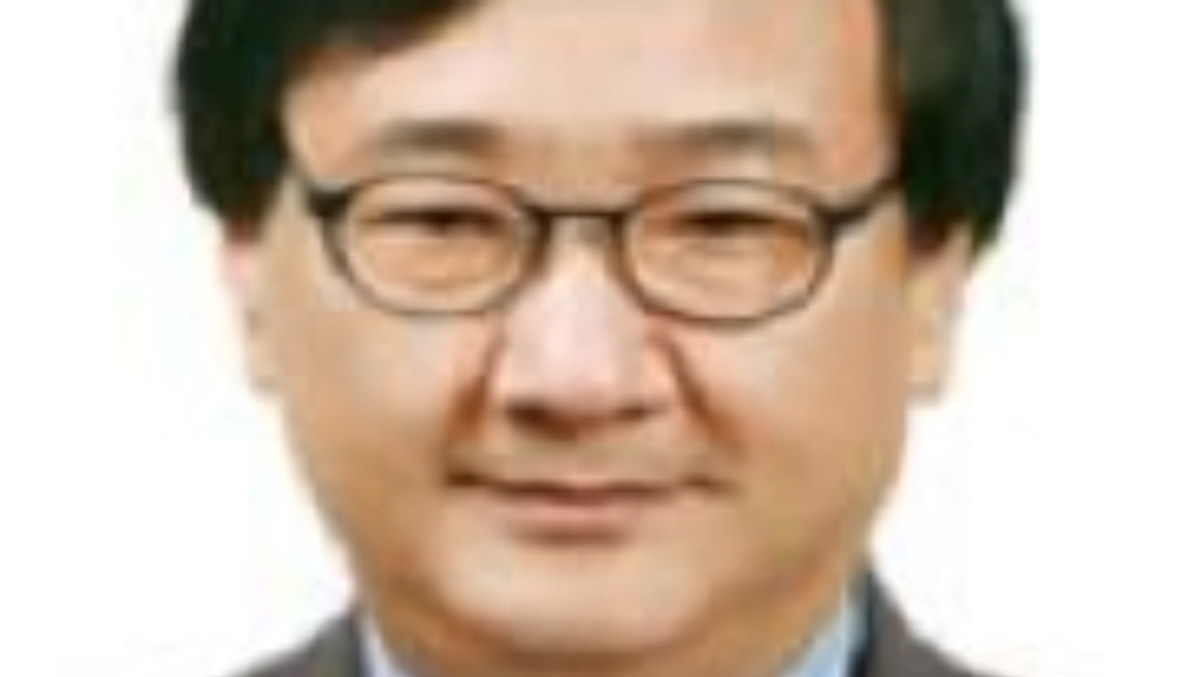State funds give mixed views on managers
A public pension fund and two Asian sovereign wealth funds outline different approaches to third-party asset managers, but all rely on them for private markets.

Appetite for alternative investments is only set to increase among institutional investors globally, with long-term contrarian external managers very hard to find, an AsianInvestor forum heard last week.
Sign in to read on!
Registered users get 2 free articles in 30 days.
Subscribers have full unlimited access to AsianInvestor
Not signed up? New users get 2 free articles per month, plus a 7-day unlimited free trial.
¬ Haymarket Media Limited. All rights reserved.


